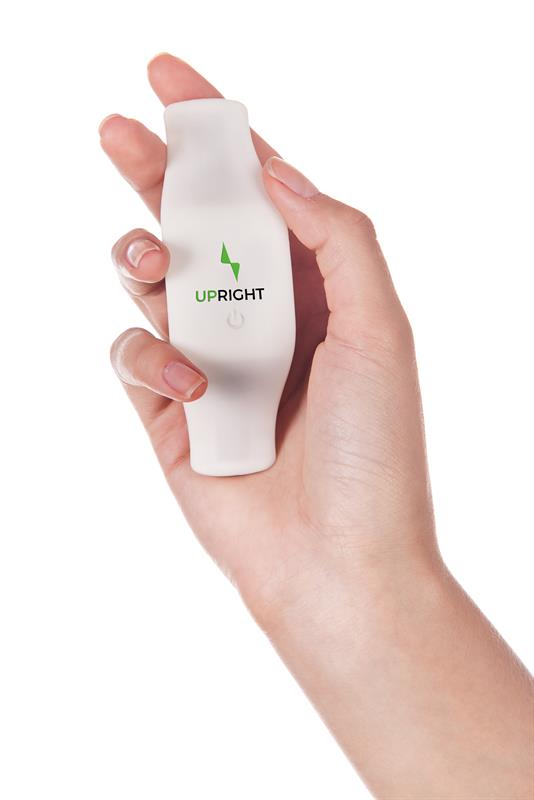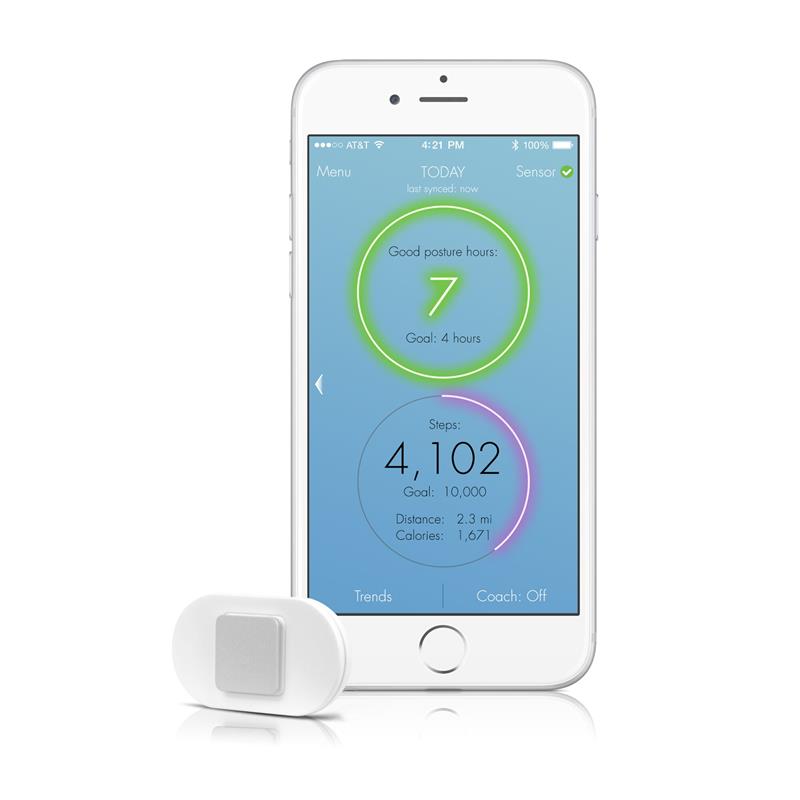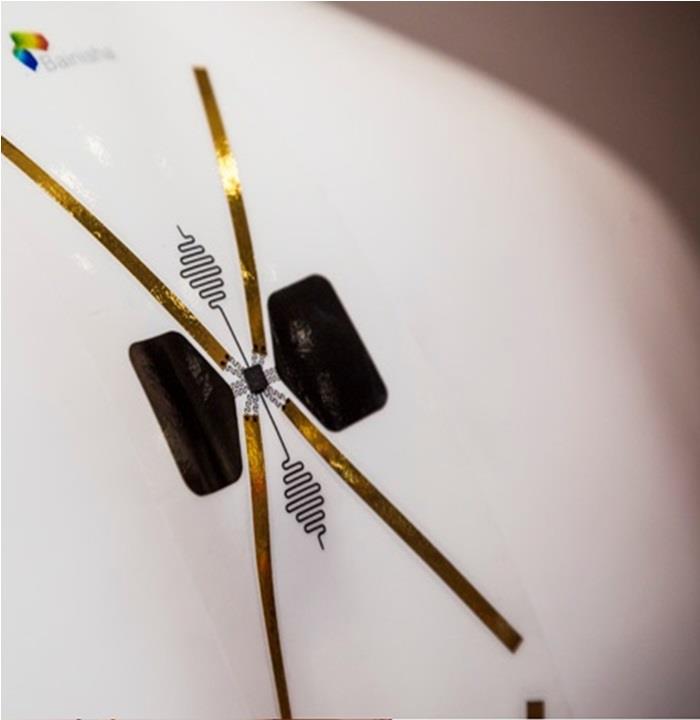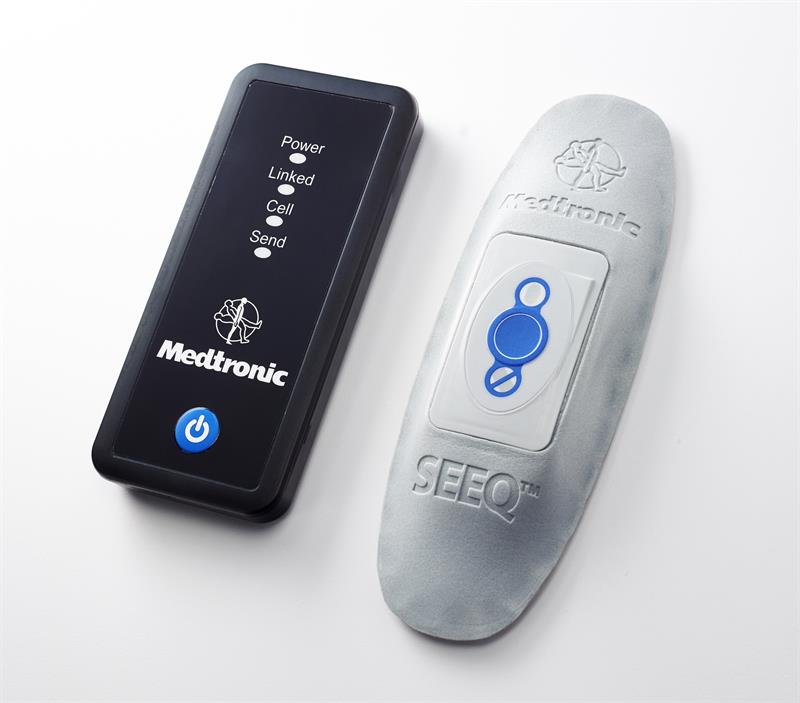The healthcare sector presents some of the largest and most fundamental problems that society faces. IDTechEx forecasts that the healthcare, medical, fitness and wellness sectors of wearable technology will be worth $30billion by 2025.
Healthcare is, by far, the most complicated of the areas that wearable technology will impact. Back health applications, including issues related to posture, pain and growth, are a particular area where wearables may have an impact. From developing and maintaining posture as a preventative measure against back pain, to training exercises in the form of therapy, to spinal motion characterisation, many solutions are already, or will soon be, available. This is one of several prominent areas to broadly adopt many different wearable technology solutions.
 Evolution of back pain solutions
Evolution of back pain solutions
First, let us look at the problem that needs solving: two easy clicks from the American Chiropractic Association homepage lands you on a page entitled ‘Back pain facts and statistics’, complete with data emphasising the size of problem that people in the US face. According to the site, ‘80% of the population will experience a back problem’, corresponding to ‘one half of all working Americans … each year’, or ‘31million Americans … at any given time’. This kind of statement should sound familiar to those who read reports on the subject.
But the use of wearable technology (of sorts) in the treatment and prevention of back problems is nothing new. Depending on how the sector is defined, solutions from the use of crude mechanical braces to correct posture, to the more common and more recent elastic solutions that can be pu rchased over the counter, can all be included. But as the solutions become electronic, more familiar wearable technology products enter the landscape.
rchased over the counter, can all be included. But as the solutions become electronic, more familiar wearable technology products enter the landscape.
Perhaps the most well known of these are activity/posture trackers such as the Lumo Lift or Up-Right. These use commodity electronics, like accelerometers or other motion sensors, that give real-time feedback, in a solution currently coined as ‘trainables’. With minimal regulation required, and often significant lasting impact for the users after just a few hours or days of use, these devices provide a solution with lead times much more typical of the consumer electronics sector.
When the focus is shifted to the rehabilitative sector, a new set of solutions emerges. Valedo is a medical device used to provide live feedback during back rehabilitation exercises. With direct medical implications, the level of regulation here is higher than for the posture devices. This kind of device is enabled by improved power consumption in transmission technology, as well as a broad network of mobile phone and tablets that acts as ubiquitous, high performance, wireless enabled user interfaces for these sensor based devices.
A third category is in the monitoring and characterisation of back motion. Bainisha provides skin patch based solutions for measuring motion with high accuracy. Bainisha’s platform illustrates many of the properties that make wearable technology so attractive in the long term. Thin, flexible, transparent and nearly invisible, the platform sets new standards in both form factor and sensor data quality.
Different products; different challenges
 These examples illustrate three differing product strategies that address the same sector. While the sensors (inertial motion units and stretch sensors) remain very similar in each product, the time to market, required investment, margins, regulatory process and target markets differ for each.
These examples illustrate three differing product strategies that address the same sector. While the sensors (inertial motion units and stretch sensors) remain very similar in each product, the time to market, required investment, margins, regulatory process and target markets differ for each.
Consumer products have lead times of three to six months, whereas medical devices can take up to 10 years to go from idea to product. Solutions for the broad healthcare space span that whole range, so product developers need to understand the lead times and investment models in order to achieve sustainable success.
This diversity of problems and potential solutions leads to a similarly diverse ecosystem. While companies in the sector often steer clear of press and analysts, the key players here are the medical device manufacturers. They have been moving to more practical – thin, conformal, portable, automated – solutions for many years and control the medical device market. Their standard for successful products can turn around vast revenues, such as SEEQ, Medtronic’s mobile cardiac telemetry device, which is expected to make $1bn in revenue in one year. The device, developed at Corventis, is used to detect and analyse cardiac arrhythmias. Medtronic has the expertise and will make successful wearable technology solutions as a logical extension of its current business.
Everybody wants a slice
 The strategies which companies use to enter this sector are varied and interesting. Apple collected more than two years of medical and fitness data prior to the launch of its watch and continue to study many areas relevant to healthcare. Google’s life sciences activities have seen it develop contact lenses and partner with pharmaceutical companies. The division has grown under GoogleX and will soon be spun out under new holding company Alphabet. Qualcomm launched its Tricorder XPrize, which has seen entries from more than 39 countries and will conclude in March 2016.
The strategies which companies use to enter this sector are varied and interesting. Apple collected more than two years of medical and fitness data prior to the launch of its watch and continue to study many areas relevant to healthcare. Google’s life sciences activities have seen it develop contact lenses and partner with pharmaceutical companies. The division has grown under GoogleX and will soon be spun out under new holding company Alphabet. Qualcomm launched its Tricorder XPrize, which has seen entries from more than 39 countries and will conclude in March 2016.
Novartis is working with companies developing new sensors and digital health platforms, investing heavily in companies including Proteus Digital Health. GSK is assessing potential opportunities, with its UK based Innovation Platform Technology and Science (iPTS) division working to use wearable technology to support clinical trials. Even manufacturing giants like Flextronics and Jabil have weighed in, via acquisitions and active development programmes.
The pie is large and everyone wants a slice. Add regulatory processes that are not only challenging, but also evolving, lead times that require significant investment, a seemingly inevitable ‘technology push’ overlooking the ‘clinical pull’ and the complex funding structures ? and this area is quite far from an easy win.
However, the sector is large enough for there to be multiple winners. Healthcare expenditure currently represents 10% of global GDP and this figure is only likely to rise as the population grows and ages. The global healthcare system requires constant and significant investment to stay ahead and wearable technology is a crucial part of the solution.
Author profile:
James Hayward is a technology analyst with IDTechEx, specialising in markets and enabling technologies for wearable electronics.













